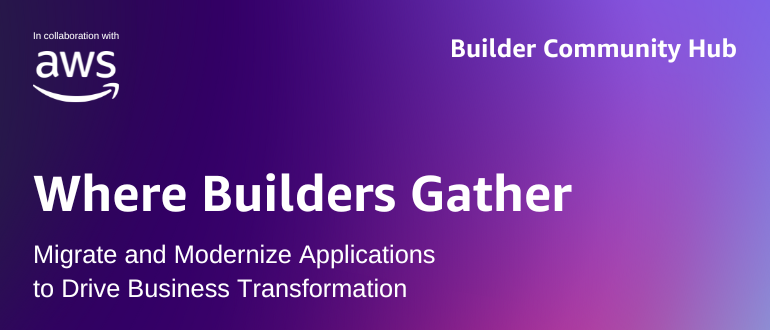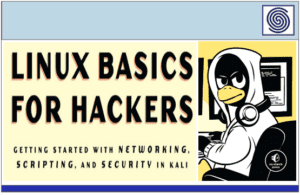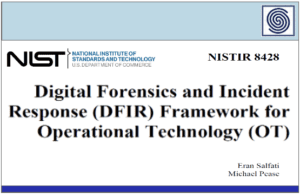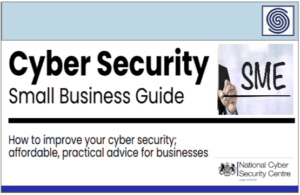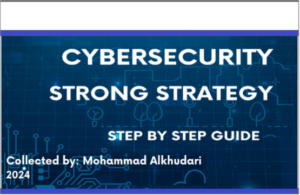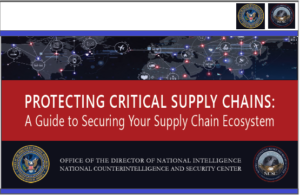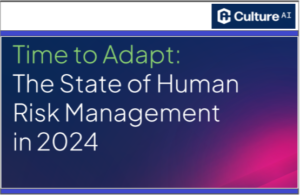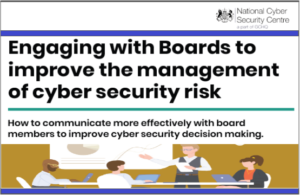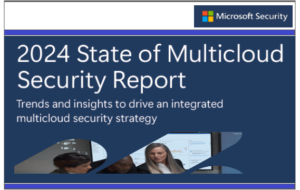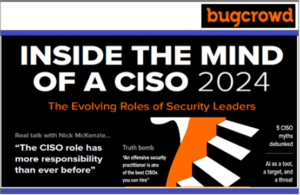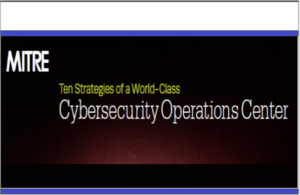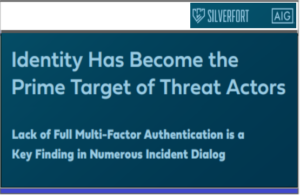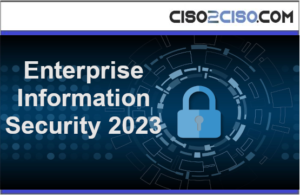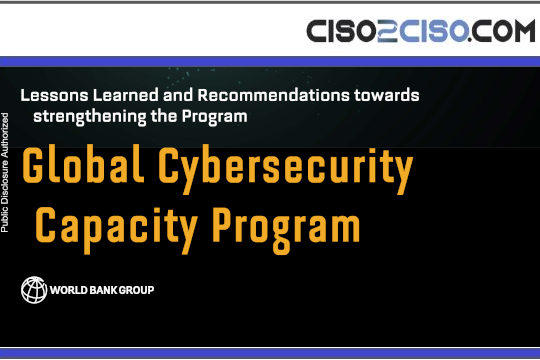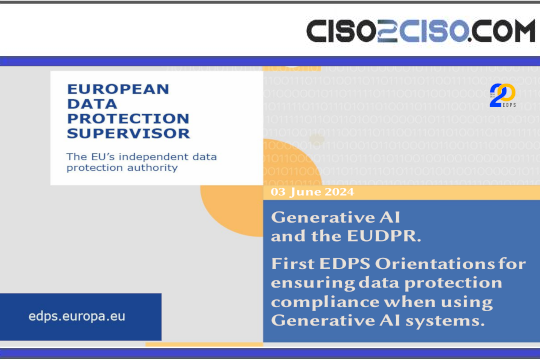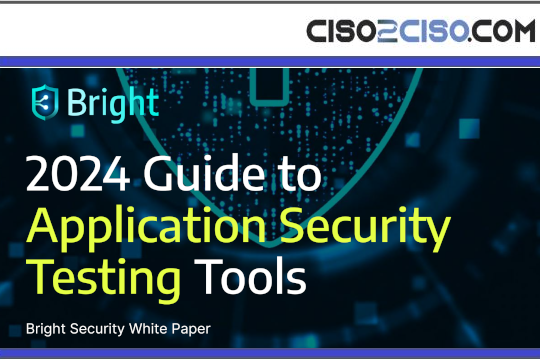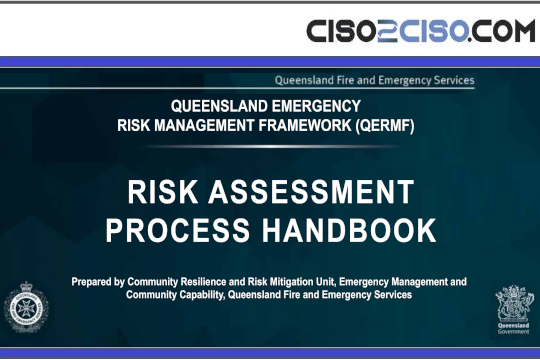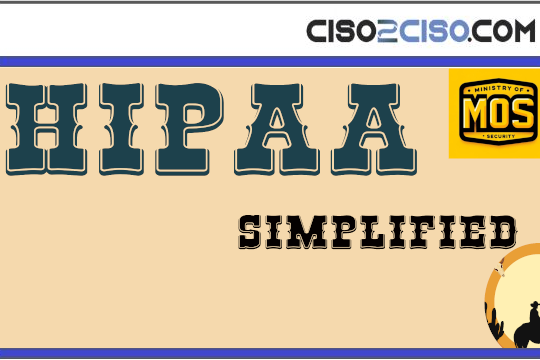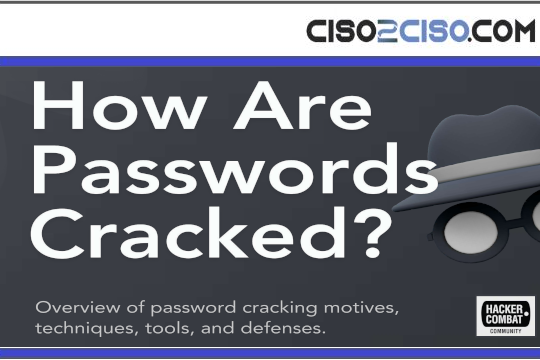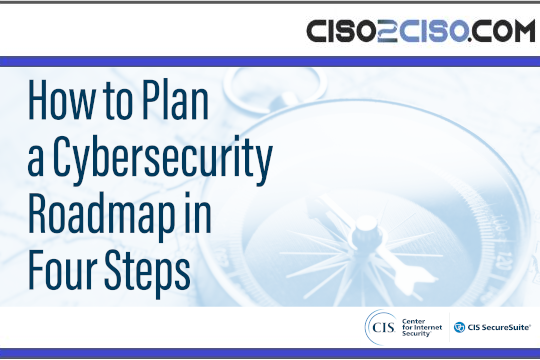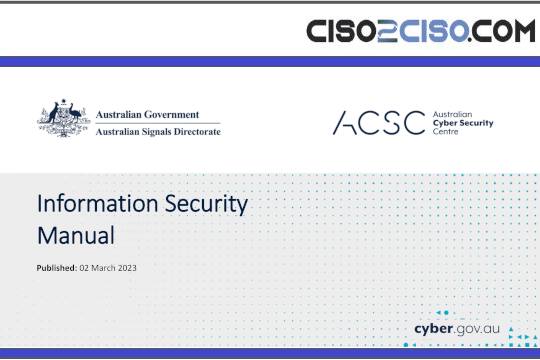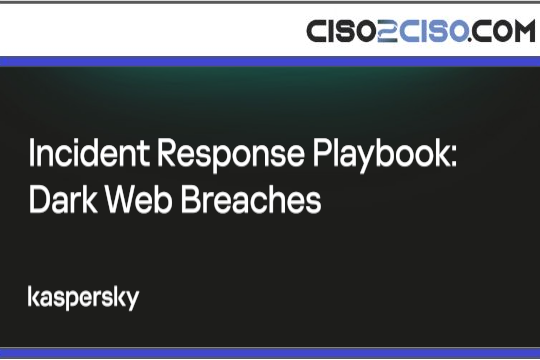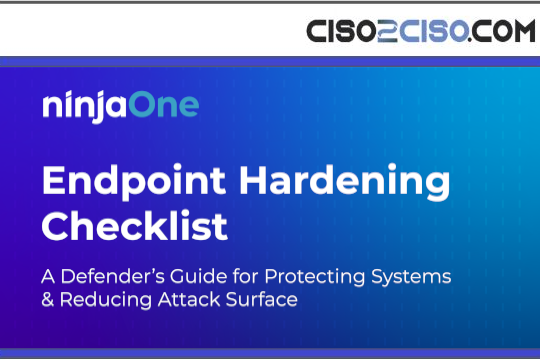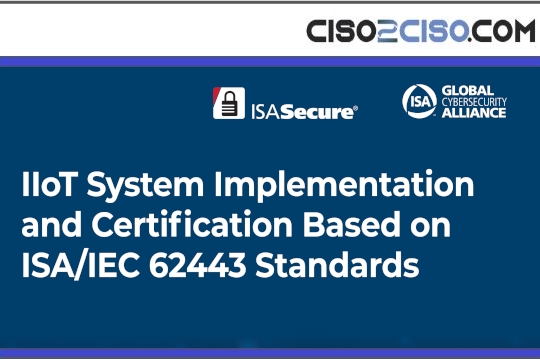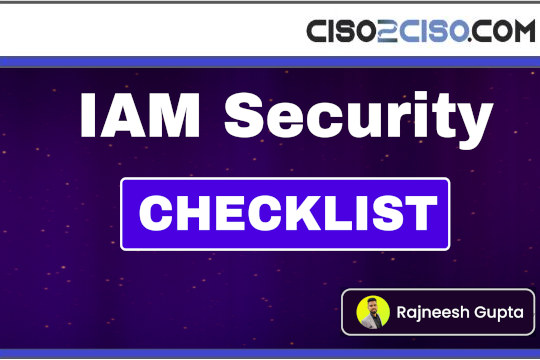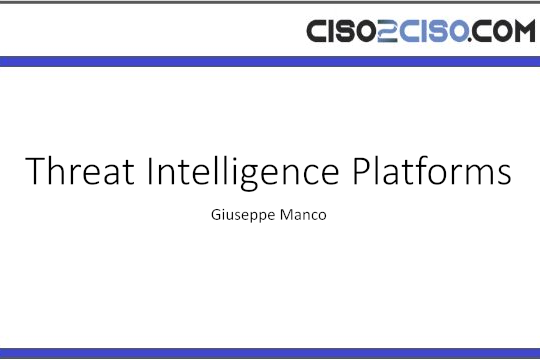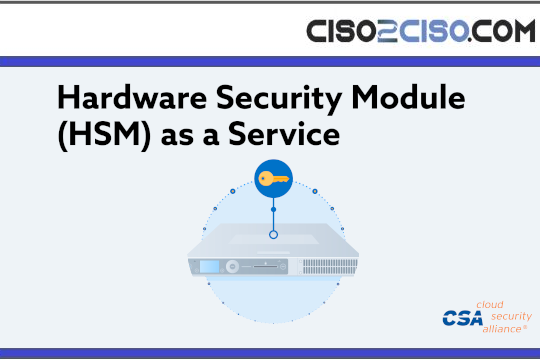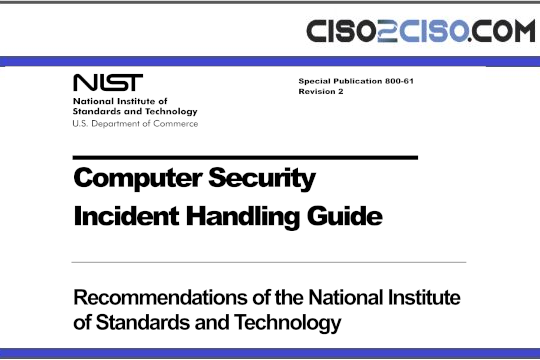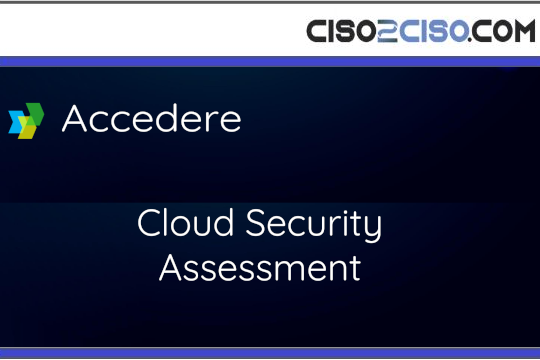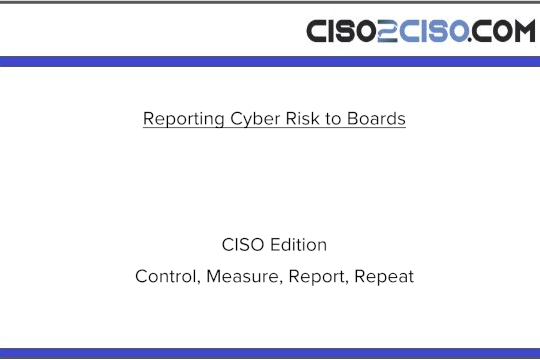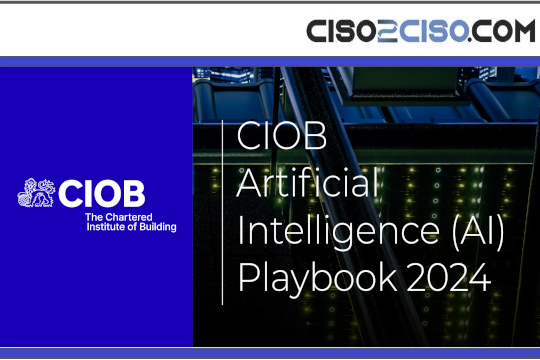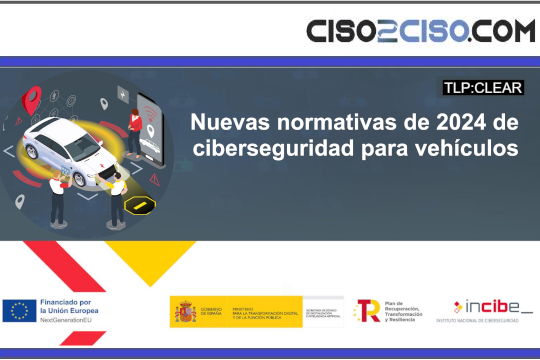Source: securityboulevard.com – Author: Dan Kaplan
As counterintuitive and unsettling as it may be to hear, the most devastating breaches rarely involve zero-days or nation-state attackers using novel techniques. When examining recent high-profile incidents, a simpler, more troubling pattern tends to emerge.
While skilled adversaries were often involved, their access methods weren’t exotic.They exploited the same fundamental weaknesses that have plagued security for years: exposed credentials, overprivileged accounts, and misplaced trust relationships.
Except in the cases we’ll highlight below, they weren’t targeting user identities as the inroad – they went after non-human access paths woven into modern IT infrastructure.
Today’s enterprises are increasingly driven by workload-to-workload interactions: Applications call APIs. Software pipelines deploy code. Services exchange data. All of it is driven by non-human identities, which are tied to credentials that are often:
-
Long-lived and rarely rotated.
-
Hardcoded in repositories or config files.
-
Difficult to monitor with conventional security tools.
Security teams have spent the past decade-plus tightening controls for human users: implementing MFA and SSO, reducing privilege, and monitoring for anomalies. But workloads and AI agents have largely been left behind. And attackers know it.
Many enterprise teams are doing their best with what’s been available: secrets managers to store credentials, rotation schedules to reduce risk, and scripts to wire it all together. But storing a credential isn’t the same as securing an identity. Legacy tools weren’t designed to offer scale, enforce policy, or provide runtime assurance — and they often fall short in dynamic, distributed environments.
Let’s quickly examine five real-world breaches – all different in scope and target, but united by a shared failure: poor control over how non-human identities authenticate and access systems. We’ll also share lessons learned and how the Aembit Workload IAM Platform can help.
1) BeyondTrust: API Key + CVE = Privilege Escalation
In December 2024, BeyondTrust discovered anomalous behavior in its Remote Support SaaS environment. An API key had been compromised — one that allowed password resets for local application accounts. But that was just the beginning.
Attackers paired the static and overprivileged credential with a critical command injection vulnerability (CVE-2024-12356, CVSS 9.8). The result: unauthenticated remote code execution and privilege escalation across systems. While the breach affected a limited set of customers, it served as a clear example of how a single, unmonitored credential can become the pivot point for a deeper compromise.
Original Post URL: https://securityboulevard.com/2025/04/5-non-human-identity-breaches-that-workload-iam-could-have-prevented/?utm_source=rss&utm_medium=rss&utm_campaign=5-non-human-identity-breaches-that-workload-iam-could-have-prevented
Category & Tags: DevOps,Security Bloggers Network,breach analysis,DEVOPS,Secrets – DevOps,Security Bloggers Network,breach analysis,DEVOPS,Secrets
Views: 2


